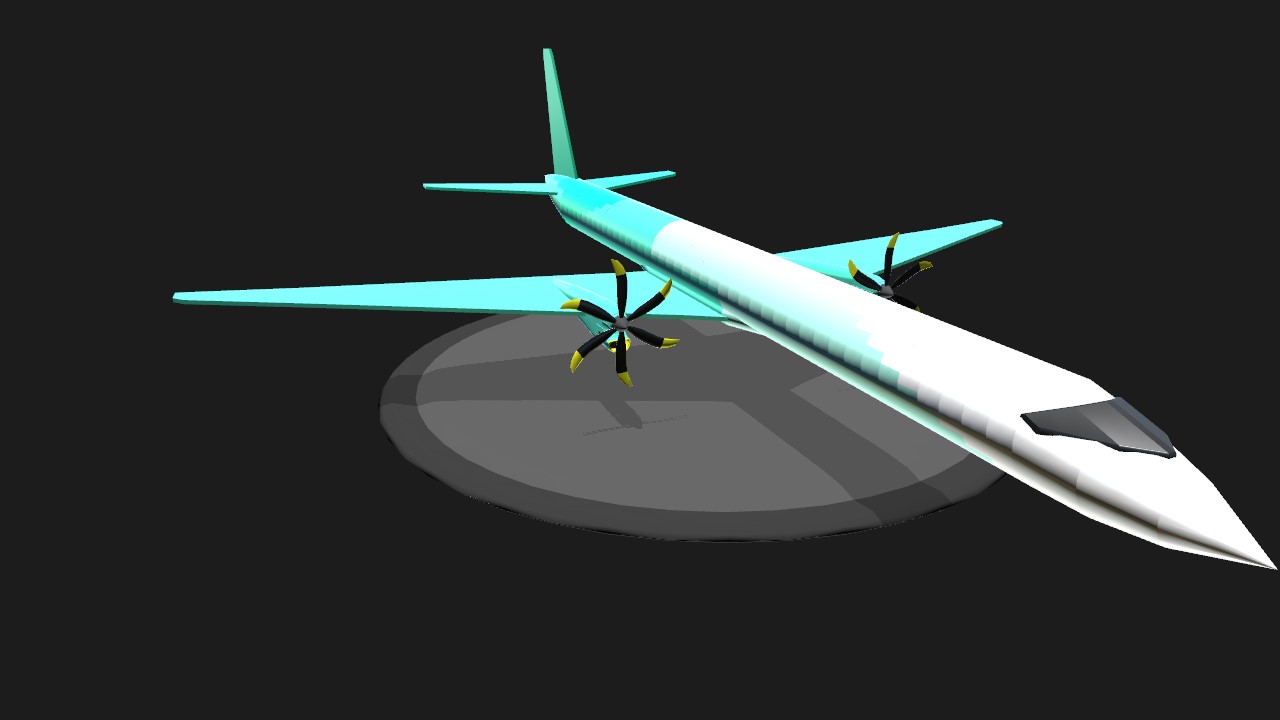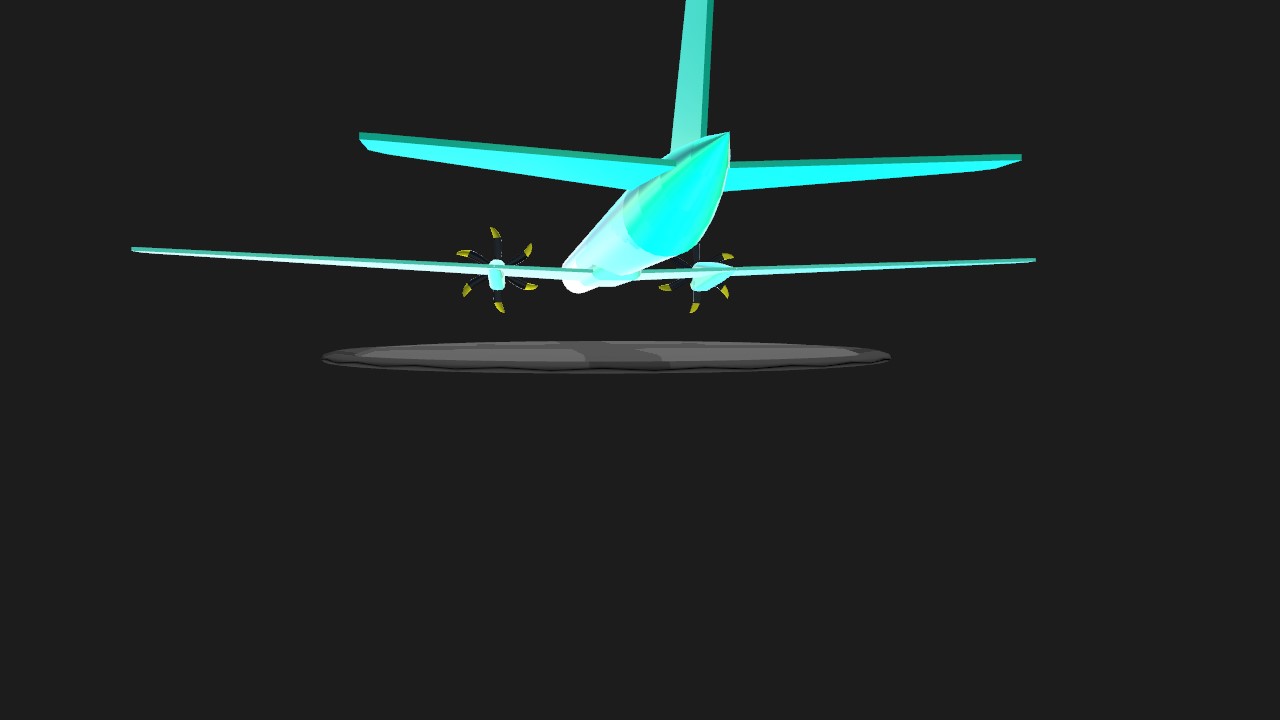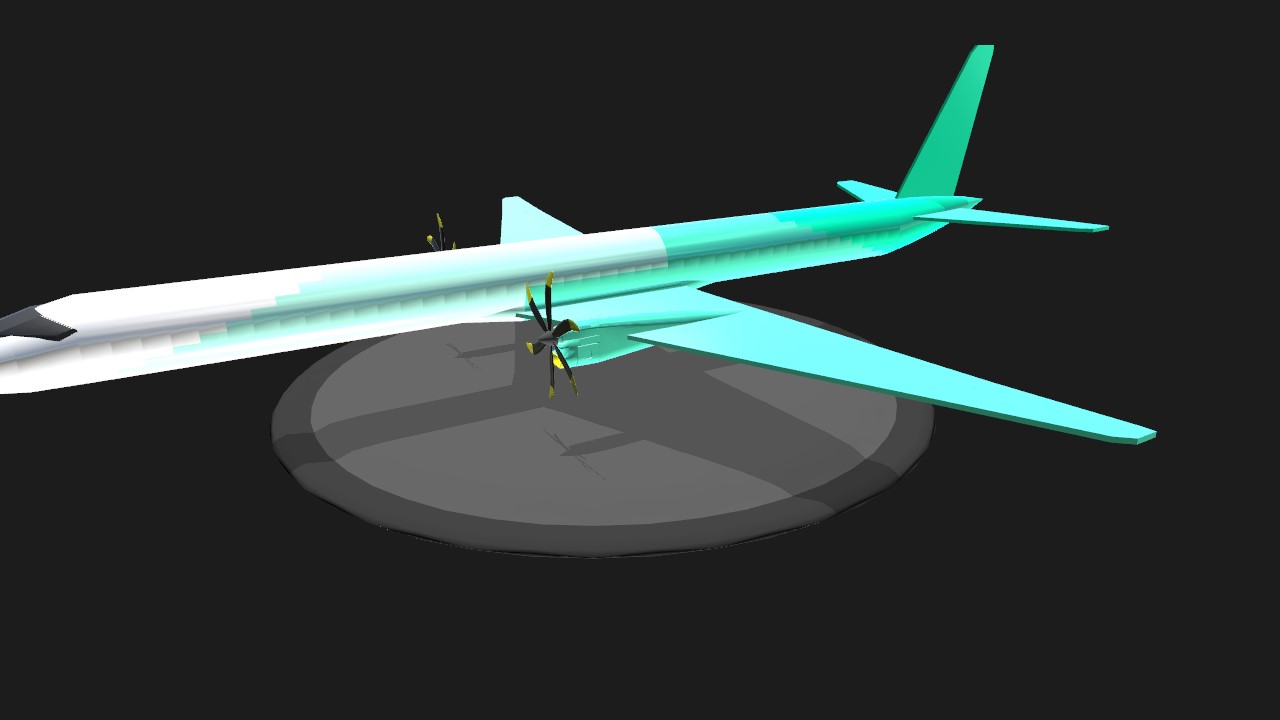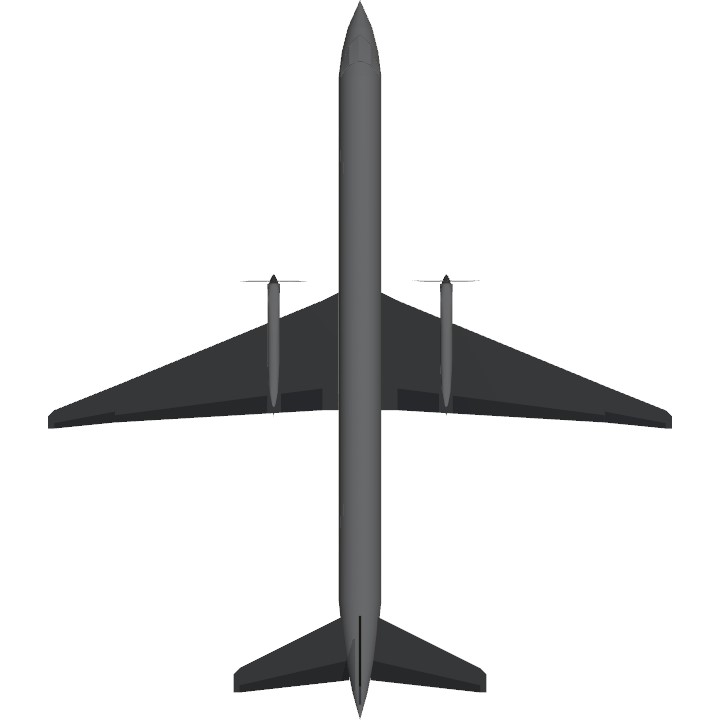This configuration shares many of the advantages of the low-wing, wing mounted jet aircraft (see Figure C1-14). Engine replacement and field maintenance is easier, as is fueling the aircraft. It is an advantage that the cabin is clear of structural members. The engine configuration results in high quality airflow through the propeller and the relatively small aerodynamically shaped nacelle limits blockage effects. The thrust line is relatively close to the vertical centerline of the aircraft, reducing pitch-up or -down effects with power changes. The low wing provides added safety for the passengers in landing gear up (or belly) landings, although some point out the wing may be subject to significant damage in such an event, possibly rupturing the fuel tanks with devastating consequences for passengers sitting nearby. Others point out that passengers sitting right above the wing structure may be affected by higher impact acceleration than passengers sitting farther away, while others argue the effects of angular acceleration are felt more forcefully away from the wing. Of course, no accident is similar and such debates are of limited value. Additional drawbacks include that the movement of support vehicles during ground operations is made harder than for a high wing location. The lower vertical position of the propeller puts it at risk of damage due to small debris being launched from the nose landing gear. There is also a real risk of injuries to ground staff and traveling passengers around the propeller (although it can be argued the same holds for the high-wing configuration).
Specifications
General Characteristics
- Predecessor BRAZUCA MK 435-690
- Created On iOS
- Wingspan 83.6ft (25.5m)
- Length 96.8ft (29.5m)
- Height 23.8ft (7.3m)
- Empty Weight 19,052lbs (8,641kg)
- Loaded Weight 26,585lbs (12,058kg)
Performance
- Horse Power/Weight Ratio 0.197
- Wing Loading 26.7lbs/ft2 (130.5kg/m2)
- Wing Area 994.6ft2 (92.4m2)
- Drag Points 4592
Parts
- Number of Parts 109
- Control Surfaces 9
- Performance Cost 405






